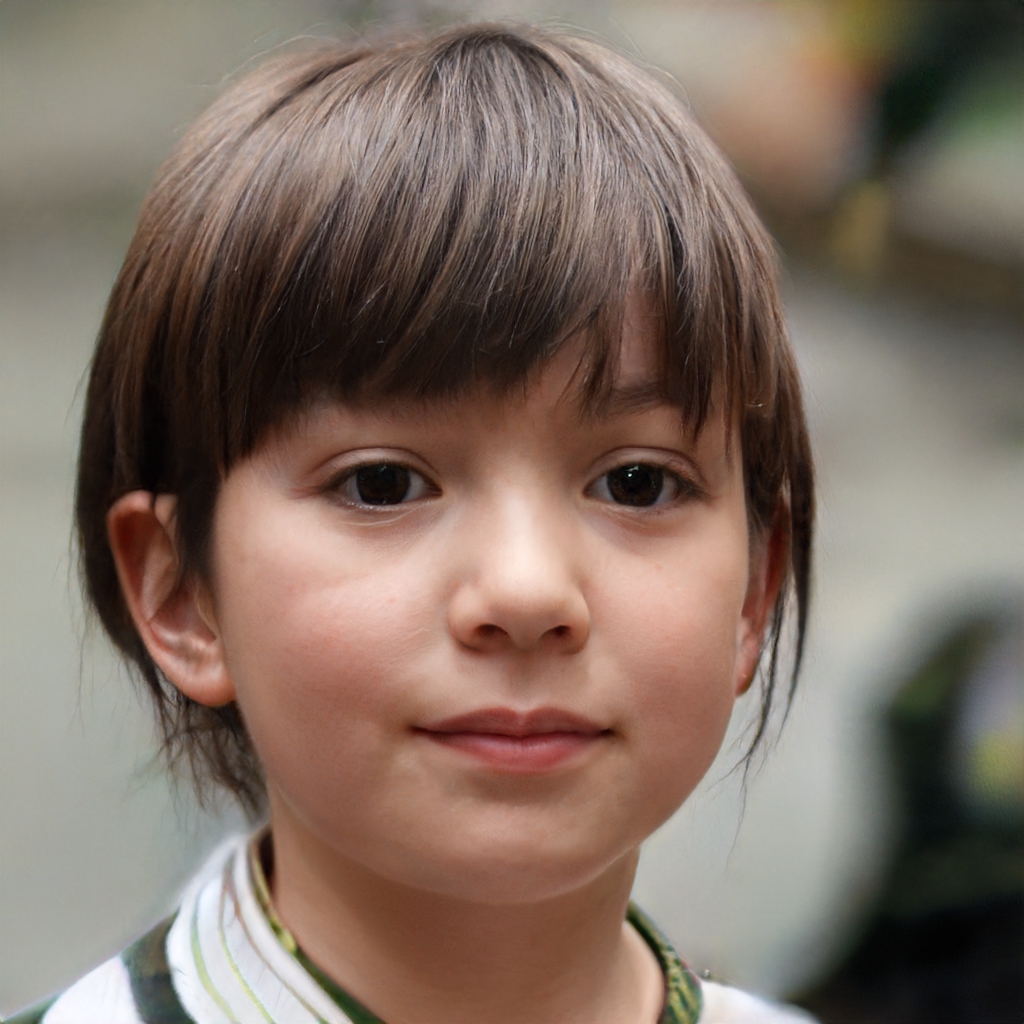Challenge to AI: The right make-up tips can confound facial recognition software. With advice from another AI, their effectiveness drops below 1%.
Facial recognition algorithms are now being used by complex city control structures, as is the case in some Chinese cities, but also by the smartphones in our pockets.
You can unlock your iPhone thanks to Face ID, which uses facial recognition itself, but biometric technology is also rapidly advancing in other areas, such as retail and some special marketing campaigns.
There are those who aren't particularly happy about sharing their "facial footprint" with the world, however: the secret to escaping recognition by AI, according to a new study, may be in make-up.
The Experiment: AI vs. AI
Facial recognition software works thanks to Artificial Intelligences, the kind that are powered by machine learning, that can turn the image of a face captured by a camera into a numerical code.
Artificial intelligences are trained to recognize human faces using basic data including the distance between the eyes, the distance between the forehead and chin, the contour of the lips and the features that distinguish one face from another even to a human gaze.
When you unlock your smartphone with facial recognition, what the app sees is our facial footprint, which is a complex data structure detected from the details above that mathematically distinguishes one face from another.
Dr. Nitzan Guetta, from Ben Gurion University in Negev, Israel, decided to develop an AI that can "confuse" facial recognition: by suggesting the right make-up for each face, the new AI can convince Face ID that it is in front of a different person.
The secret is in the make-up!
The study by Guetta and colleagues used an experiment involving 10 women and 10 men between the ages of 20 and 28, who were made up with natural and not at all flashy color palettes, proving that it is certainly not the color that creates confusion in the facial recognition pattern.
As Mariann Hardey of Durham University says, "What makes this system particularly smart is that it doesn't rely on garish colors." This is critically important, as it would allow people to escape facial recognition without necessarily drawing attention to themselves for other, flashy, reasons.
Application of the make-up chosen by Guetta's AI on the 20 volunteers involved in the experiment yielded the desired results: facial recognition rates dropped from 42 to 0.9 percent for women and from 52 to 1.5 percent in men.
In general, the effectiveness of facial recognition software, which has a recognition success rate of close to 50% under natural conditions, sinks to 1% simply through the application of make-up.
In addition to a challenge between tik-tokers, then, "facial contouring could become the next move to protect one's privacy in public," Hardey concludes.
